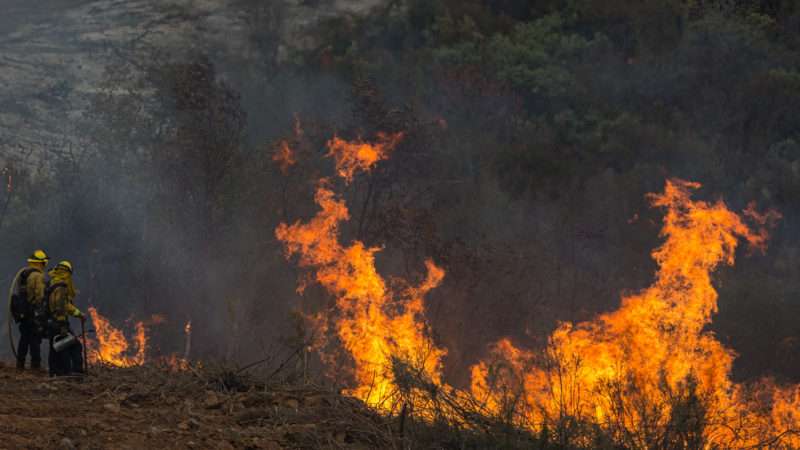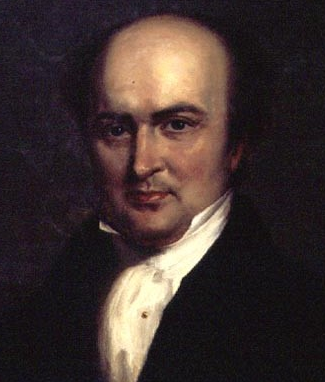Just read an interesting Aug. 19, 2020 opinion of N.Y. State Education Department Interim Commissioner Betty A. Rosa (just posted on Westlaw), Appeal of N.R. N.R. was an eight-grade student who was suspended for a month because of what he searched for on his school-issued computer and the key legal analysis:
[Valley Central School District’s] letter charged that, on or about November 19, 2018, the student “searched for inappropriate topics” on his school-issued computer (the “Chromebook”). The notice of charges for the long-term suspension hearing identified the following searches, which the district alleged were inappropriate:
- What temperature does gasoline freeze at Fahrenheit;
- worst WWI gun;
- I will kill every drug addict;
- funniest ways to die;
- what’s the sharpest knife;
- nitroglycerin explosion;
- is nitroglycerin really that unstable;
- the fastest gun firing rate;
- mother of all bomb explosion;
- what is the sign that death is near;
- is lidocaine legal; [and]
- kill shot ….
In a written recommendation dated December 20, 2018, the hearing officer recommended that the student be found guilty of the “charged misconduct by making inappropriate searched on his school-issued Chromebook.”
[1.] I agree with petitioner insofar as the district was limited to charging the student with misconduct for the specific search terms identified in the notice. At the hearing, certain search terms were discussed which were not listed within the written notice, such as “claymore” and “biggest european sword.”
[2.] The district also implied at the hearing that the student violated district policy because some of his searches were unrelated to his schoolwork, rather than inherently inappropriate or violent in nature. The Commissioner has held that a district must be held to the language of the charges it chooses to pursue against a student. While it is unclear from the record if the hearing officer, superintendent, or respondent found the student guilty based upon any search terms that were not identified in the notice of charges, any such reliance would have been improper. Indeed, at the hearing, the middle school principal admitted as much when he indicated that the district chose not to charge the student with misconduct for certain search terms (e.g. “worst poker hand”) that were not related to the student’s academics.
[3.] Education Law §3214(3)(a) permits the suspension of “[a] pupil who is insubordinate or disorderly or violent or disruptive, or whose conduct otherwise endangers the safety, morals, health or welfare of others.” … I cannot find that [the student’s] searches violated either Education Law §3214 or the district policies identified in the notice of charges….
I agree with respondent that several of the terms for which the student searched—e.g. “the fastest gun firing rate,” “nitroglycerin explosion,” and “kill shot”—appeared violent on their face and warranted further investigation. At the hearing, however, the student testified as to his underlying reasons for conducting the searches, and none of these reasons were violent in nature. For example, the student testified that he searched for “kill shot” because he was looking for the lyrics to a popular song titled “killshot.”
Similarly, the student testified that he searched for “nitroglycerin explosion” because he wanted to understand how nitroglycerin can be used as a medication for heart conditions when it was also used as an explosive during the construction of the transcontinental railroad. Indeed, the student’s search history revealed that he had also searched for “what was nitroglycerin used for?” in close proximity to the “nitroglycerin explosion” search. The district notably did not submit any evidence to rebut the student’s testimony during the hearing. Thus, there is no evidence in the record establishing that the student posed an actual threat of violence or had any violent intent when conducting the internet searches listed in the notice of the charge.
Furthermore, the record reflects that the student conducted the “hard reset” search on November 2, 2018, prior to the date upon which he engaged in the other search terms to which respondent objects. Thus, it could not have been performed, as respondent implies, to conceal the student’s search history. Respondent did not otherwise explain how the “hard reset” search was improper, nor did it allege or prove that the search violated any district policy.
Moreover, respondent failed to prove by competent and substantial evidence that the mere act of searching for such terms—regardless of the student’s intent—endangered the safety, morals, health, or welfare of others. The student’s search history was only discovered after respondent decided to examine the student’s Chromebook for reasons unrelated to student discipline. Notably, there is no evidence that the student informed anyone of his internet searches or that anyone at the school would have been aware of the student’s search history if not for the district’s review of such search history. Nor is there any evidence in the record that any students or faculty members became aware of the student’s search history after the district’s review of the student’s Chromebook, except for those individuals involved in bringing the instant disciplinary charge against the student.
Thus, I find that the student’s conduct, which was unknown prior to its discovery and which would not foreseeably cause any disruption to school operations or activities, was not conduct for which the district could properly suspend the student under Education Law §3214(3)(a).
The analysis seems quite right to me. A school might be reasonable in doing some investigation based on such student searches, if it happens to learn about them—but not in simply suspending the student.
from Latest – Reason.com https://ift.tt/2EYlN9U
via IFTTT




